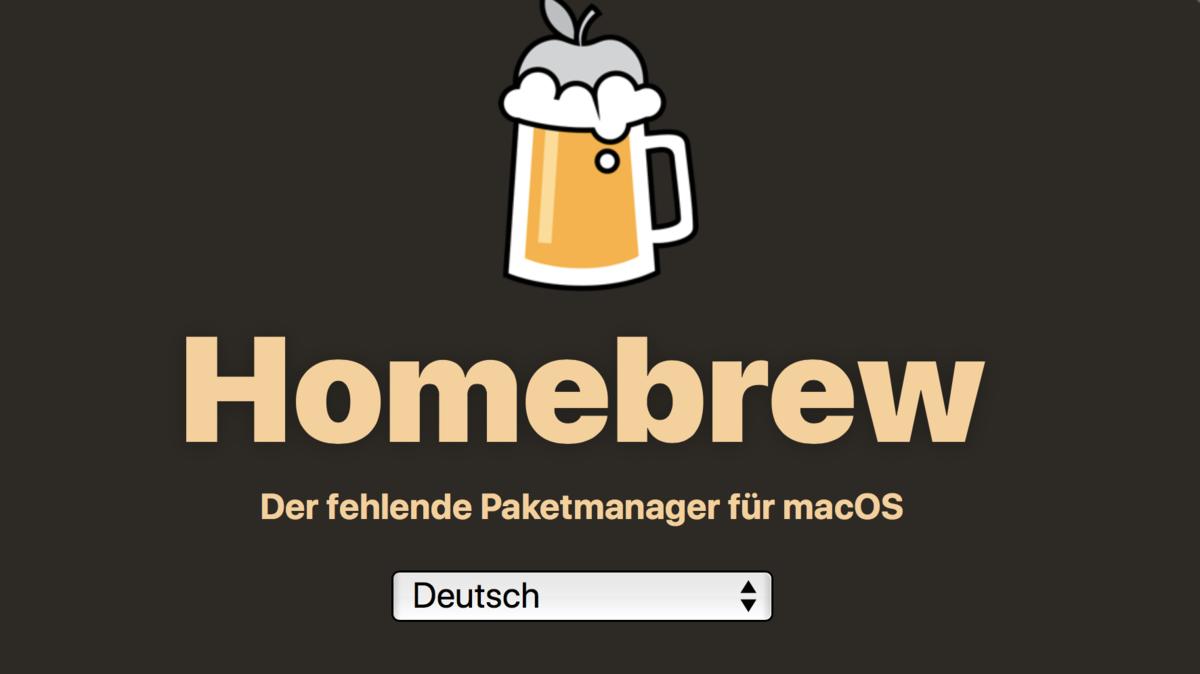Not many people may realize this, but MacStadium is a long-standing supporter of the Homebrew project -- the most popular way to install packages on macOS. MacStadium has a program to support open source efforts such as Homebrew, as we believe in building a community based on good code and best practices.
MacStadium's efforts increasingly align with Apple's philosophy: opinionated best practices that are easy to use. Homebrew also takes this philosophy, so given our existing relationship, we invited them to participate in our Orka beta program. One of the first asks Homebrew's project leader, Mike McQuaid, had was if Orka could run the macOS Catalina beta (10.15). The MacStadium team actually had a copy of Catalina working on June 13th, while Orka development was still in full swing, so they were happy to load it into Homebrew's environment.
Use Homebrew to install telnet with the following command: brew install telnet. Hit Return and let Homebrew download and install Telnet to the Mac. When installation has complete, you can run Telnet as usual: telnet server-or-ip-address. One simple way to test that Telnet is working properly after installation is to connect to the goofy Star. Install kafka in macos catalina using brew Published Mon, Feb 10, 2020 by DSK if you do not have brew installed on your mac, Install homebrew on your mac by running the following command on your Terminal.
The ability to get the macOS Catalina beta working so quickly comes from the Docker layer of the Orka stack. Despite being a robust and fault-tolerant system, providing the same experience has been a challenge. Orka runs on Kubernetes giving customers an enterprise-grade, industry-standard orchestration layer. But Kubernetes runs on almost any operating system so, in an unregulated system, Orka could be the world's best 'hackintosh.' Clearly, MacStadium does not want this, and therefore limits access to the underlying Orka code, as well as the small deviations from the community edition of Docker and CoreOS.
My catalina version is 10.15.2 (19C57) Home-brew version is shawnstationdeMacBook-Pro: shawnstation$ brew -version Homebrew 1.6.9 Homebrew/homebrew-core (git revision fab7d; last commit 2018-07-07).
Orka users can expect clear instructions on making their own full Docker images with the public release of Orka, which was announced at DevOps World | Jenkins World San Francisco earlier this week.
この記事でpyenvを利用してPython3をインストールする方法をまとめましたが、
pyenvを利用しないでHomebrewのみでインストールする方法もあったので勉強を兼ねてやってみました。
- MacBookPro Mid 2014
- macOS Catalina ver.10.15.16
- 言わずと知れたMacとLinux向けのパッケージ管理ツール。今回はこれだけで完結します。
※ 詳しい説明は公式ドキュメントを参照して下さい。
1.Homebrewをインストール
公式ドキュメントに従ってターミナルで以下のコマンドを実行します。インストール済みなら飛ばしても問題ありません。

インストールが成功していればbrew -vコマンドでHomebrewのバージョンが確認できます。
2.Pythonをインストール
Homebrewを最新の状態に更新してからインストールします。brewコマンドで最新の状態に更新します。
Homebrewが更新できたらbrew installでPython3をインストールします。
brew listでインストールしたパッケージを確認できます。
これでPython3のインストールは完了しましたが、システムがデフォルトで認識しているのはPython2のままです。
そのためpython、pipコマンドはPython2で実行されるので、Python3を実行するにはpython3、pip3と入力しないと認識されません。
まぁ動くのでそれでもいいといえばいいのですが、面倒なのでPATHを通しておきます。
Homebrew Mac Os Catalina
brew infoコマンドでPython3がインストールされたディレクトリを確認します。
色々と表示されますが、今回必要なのは下の方に表示された、
の部分だけです。ここで実際にPython3と一緒にインストールされた関連パッケージが/usr/local/opt/python@3.8/libexec/binにインストールされたことが分かりました。
なのでターミナルでこれをPATHに追加します。
Is Homebrew Good For Mac
ターミナルがbashの場合はこちら。
vimで直接プロファイル等を編集する場合は以下の内容を追加して下さい。
python、pipでそれぞれPython3が動きます。
PATHを通す代わりにエイリアスを設定する方法でも動きます。PATHの方がいいとは思いますが。
Install Homebrew Mac Catalina
今回インストールしたPython3をアンインストールするときは下記のコマンドで実行します。
pyenvを使用するよりも手順としては手軽ですね。
ただPATHを通さなければいけませんし、そのPATHも見る限りではPython3のバージョンが変わる度に変動しそうなので、Python3を更新する度にPATHの再設定が必要になりそうな予感がします。
本格的に開発する前に試しに触って見るだけならこの方法でインストールしてもいいかもしれませんが、この方法でインストールしたPython3を開発に使用するのはやめたほうがいいと思います。